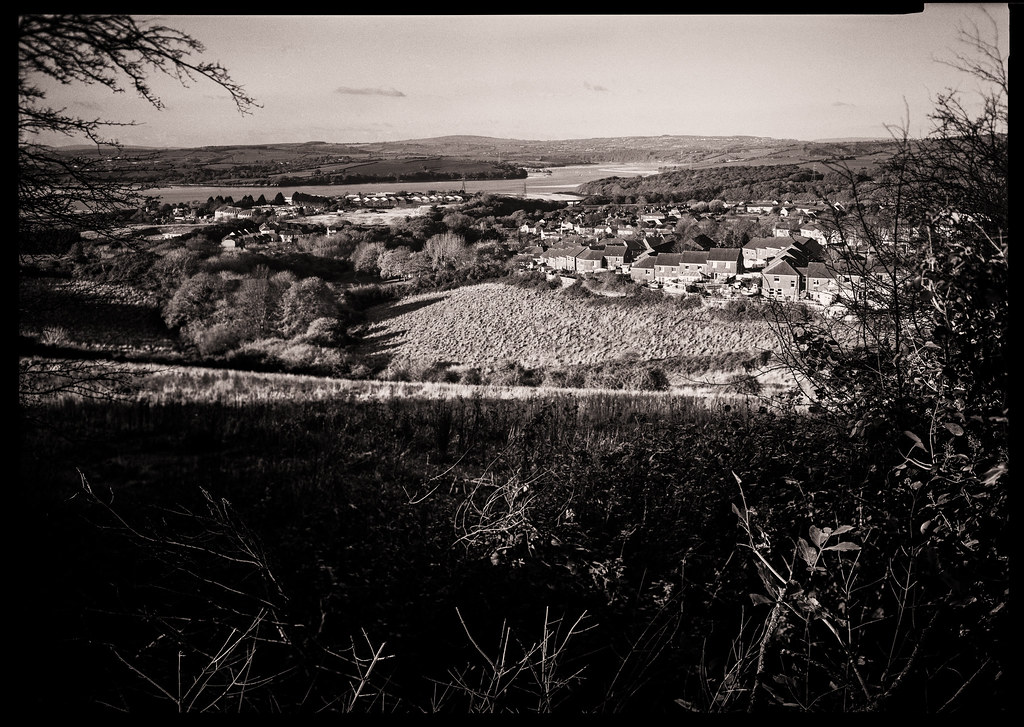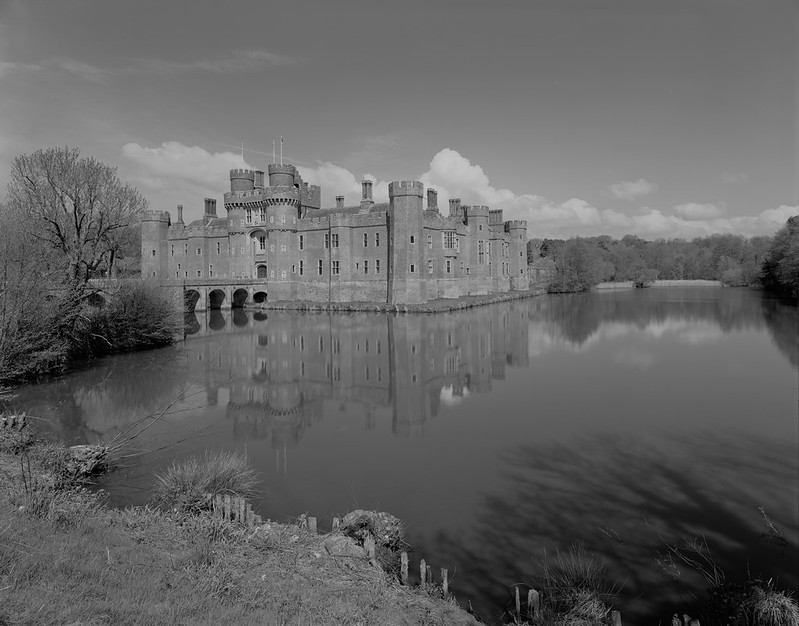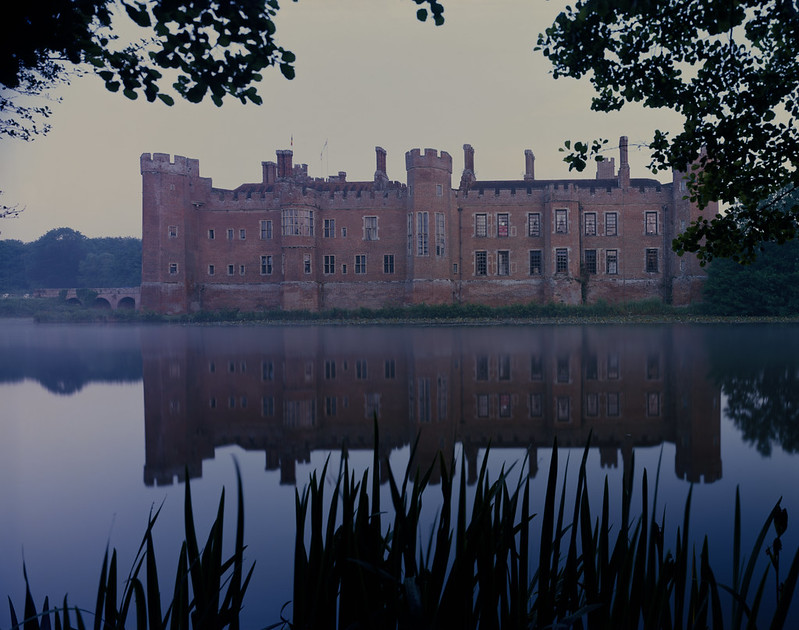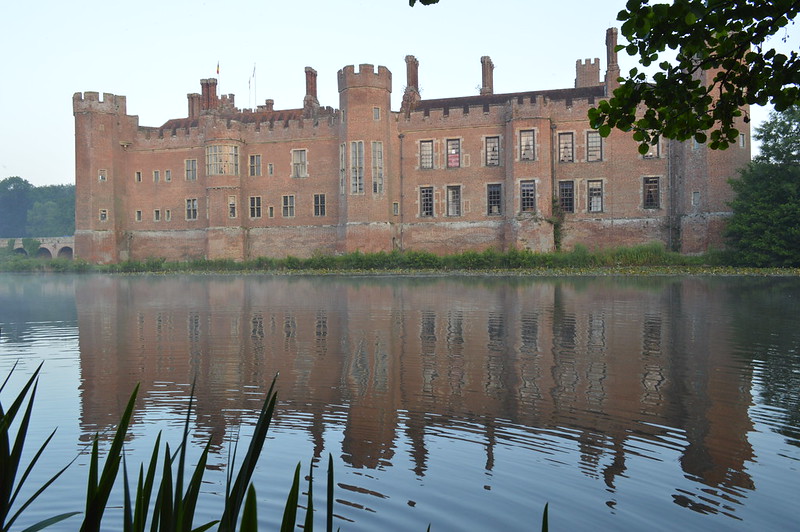- Messages
- 1,687
- Name
- .... Steve
- Edit My Images
- Yes
So I've got a box of negatives and a copy of 'The View Camera operations and techniques' by Harvey Shaman which on first inspection seems a perfect beginners guide, so good to go.
Also got a box of direct positive paper to give that a try too. Not sure how much use it will be for practise and experimentation but the results I've seen elsewhere look pleasing.
Also got a box of direct positive paper to give that a try too. Not sure how much use it will be for practise and experimentation but the results I've seen elsewhere look pleasing.







 but that's a beautiful shot and a great example of the benefits of LF.
but that's a beautiful shot and a great example of the benefits of LF.